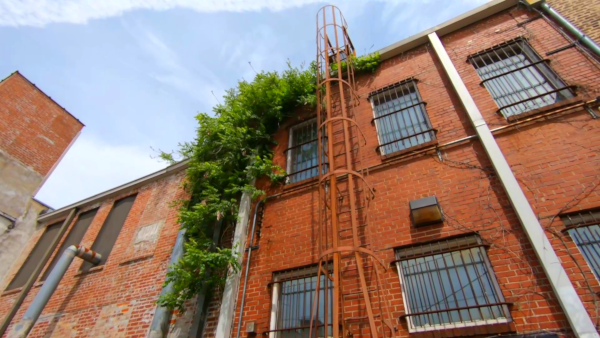
Urban Exploring the Back Alleys and More of Tuscaloosa, Alabama – Home of the Crimson Tide!
The history of Tuscaloosa as told on https://www.tuscaloosa.com/history
The site of the future City of Tuscaloosa on the “Fall Line” of the Black Warrior River had long been known to the various Native American tribes whose shifting fortunes brought them to West Alabama.
The River
The river shoals at Tuscaloosa represented the southernmost site on the river which could be forded under most conditions. Inevitably, a network of Native American trails converged upon the place, the same network that in the first years of the 19th century began to lead a few intrepid white frontiersmen to the area. The pace of white settlement increased greatly after the War of 1812, and a small assortment of log cabins soon arose near the large Creek tribe village at the Fall Line of the river.
DeSoto
In honor of the legendary “Black Warrior,” a great chief who had had a fateful encounter with explorer Hernando DeSoto centuries before somewhere in Southwest Alabama, the settlers named the place Tuscaloosa (from the Choctaw words “tushka” meaning warrior and “lusa” meaning black). In 1817 Alabama became a territory, and on Dec. 13, 1819 the territorial legislature incorporated the town of Tuscaloosa, exactly one day before Congress admitted Alabama to the Union as a state. Thus, the City of Tuscaloosa is one day older than the State of Alabama.
1826-1850
From 1826 to 1846 Tuscaloosa was the state capital of Alabama. The University of Alabama was established during this period in 1831. These developments, together with the region’s growing economy, increased the number of the town’s inhabitants to 4,250 by 1845, but after the departure of the capital to Montgomery, population fell to 1,950 in 1850.
Civil War
Establishment of the Bryce State Hospital for the Insane in Tuscaloosa in the 1850s helped restore the City’s fortunes. During the Civil War Tuscaloosa County furnished about 3,500 men to the Confederate armies. During the last weeks of the War, a Federal raiding party burned the campus of the University. Tuscaloosa shared fully in the South’s economic sufferings that followed the defeat.
Growth
The construction of a system of locks and dams on the Black Warrior River by the U.S. Army Corps of Engineers in the 1890s opened up an inexpensive link to the Gulf seaport of Mobile, stimulating especially the mining and metallurgical industries of the region.
By the advent of the 20th century, the growth of The University of Alabama and a strong national economy fueled steady development in Tuscaloosa which continued unabated for 100 years.
The presence in Tuscaloosa of manufacturing plants of such large multinational firms as Michelin Tires, JVC America and Chrysler-Mercedes has established the city as an economic pillar of the global economy.
